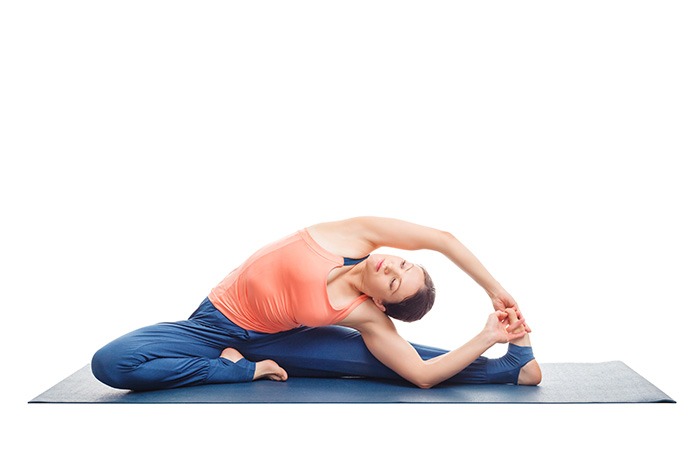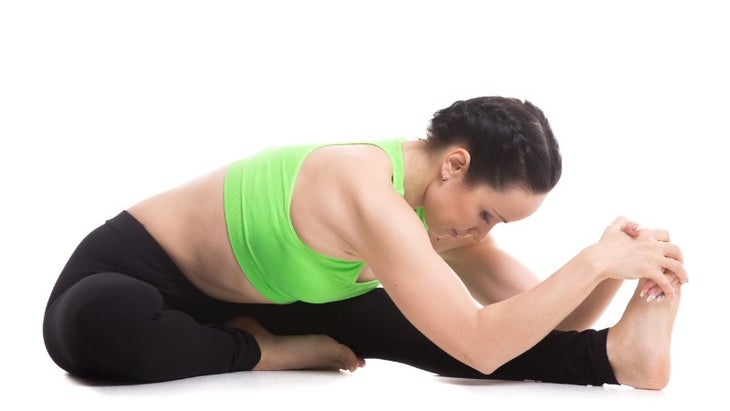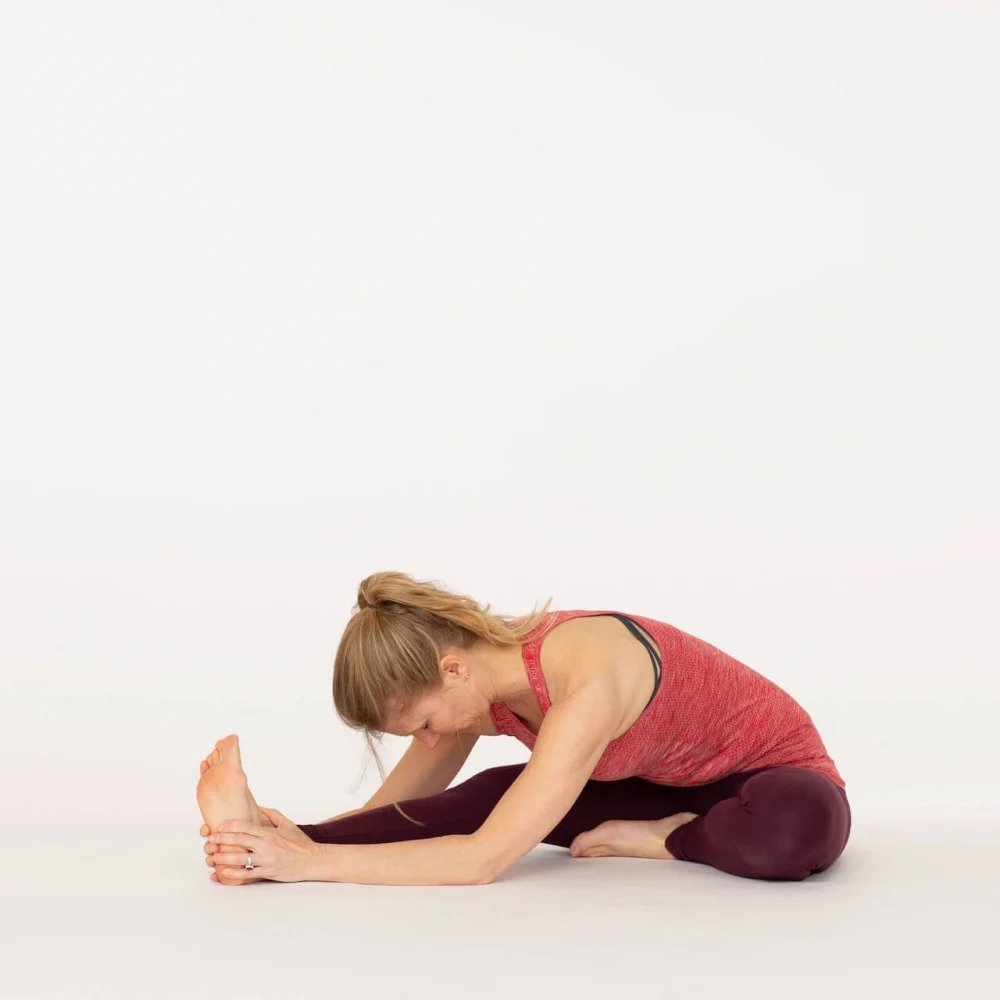Muscles involved in stretching
Basic stretched muscles
- Soleus, Gastrocnemius
- Posterior thigh and gluteal muscles (Biceps femoris, Semitendinosus, Semimembranosus, Gluteus maximus, medius, minimus, piriformis, gemellus)
- Rhomboid muscles (Rhomboideus)
- Trapezius muscle – descending part (Trapezius)
- Broad back muscle (Latissimus dorsi)
- Teres major
- Posterior shoulder heads (Deltoideus posterior)
According to the technique of execution, the long back muscles (Erector spinae) and the rhomboids (Rhomboideus) can remain either statically elongated or under proprioceptive force. From the point of view of spine-safe technique, we recommend the PNF stretching option.
Stabilizing muscles
- Tibialis
- Muscles of the thigh (Tensor fasciae latae, Rectus femoris, Vastus medialis, Vastus lateralis, Sartorius, Adductor magnus, Gracilis)
- Deep lumbar muscles, rectus abdominis (Psoas, Pectineus, Rectus abdominis)
- Shoulder rotators (Infraspinatus, Teres minor)
- Trapezius muscle – middle part (Trapecius)
- Biceps brachii
- Pectoralis major

- With shortened hind thighs , option 1 : in case the back of the thighs and buttocks are functionally shortened or tense, the flexion of the hip joint will be limited and the thigh flexors will try to bring the torso forward to complete the pose. In such a case, you can start performing the pose by sitting on a surface raised from the floor by 10-15 cm to take advantage of the force of gravity when tilting the body forward. This, along with slightly bending the knee joints, will prevent the spine from bending and will help you feel the effect of the posture on the back of the thighs and long back muscles.
- For shortened hind thighs, option 2: Another option for shortening the stretching range is to use a towel placed over the feet and gripped with both hands.
It is good to note that any burning sensation from the gripping places of the muscles is a sign that you are stretching tendons and ligaments instead of the target muscles. Stretching should always be felt by the abdominal muscle (middle part), with a weakening force at both ends.
- Sit with outstretched legs on the floor and place your palms on the floor next to your body;
- Exhale and at the same time tilt the torso forward to the legs, with the arms following its movement;
- Keep your back straight and if your flexibility does not allow, do not try to grab the toes with your hands – keep them on the side of the feet and watch by leaning forward as far as their natural movement;
- Once the back thigh muscles are flexible enough to allow you to grip your toes without compromising your upright spine, grip your toes with your index and middle fingers and relax your elbows to the floor;
- Keep your head in a neutral position without bending it to your feet or trying to look above the level of your toes.
Due to the options for modification of the posture, it could be used by fitness amateurs and athletes with any level of training, without risks of injuries and without contraindications, as long as the correct technique is followed and does not go beyond personal feeling. for comfort.
It is recommended to be applied on warmed muscles, after strength or strength-conditioning load.



